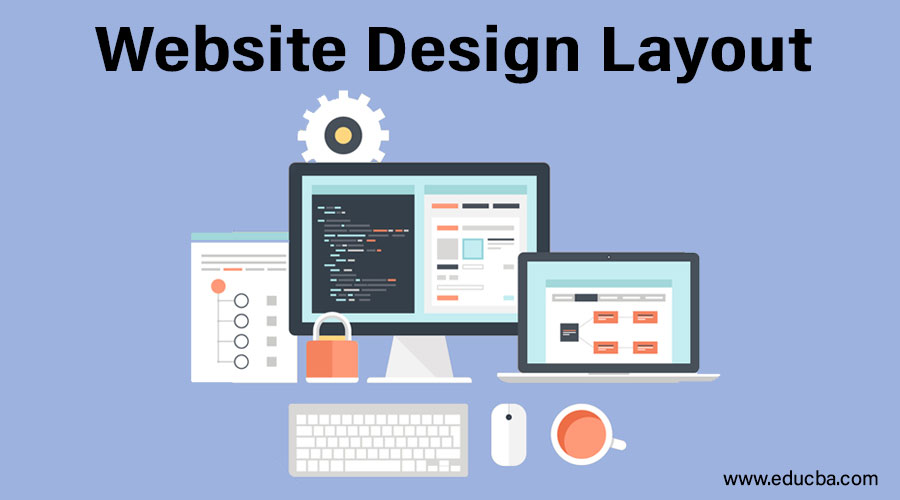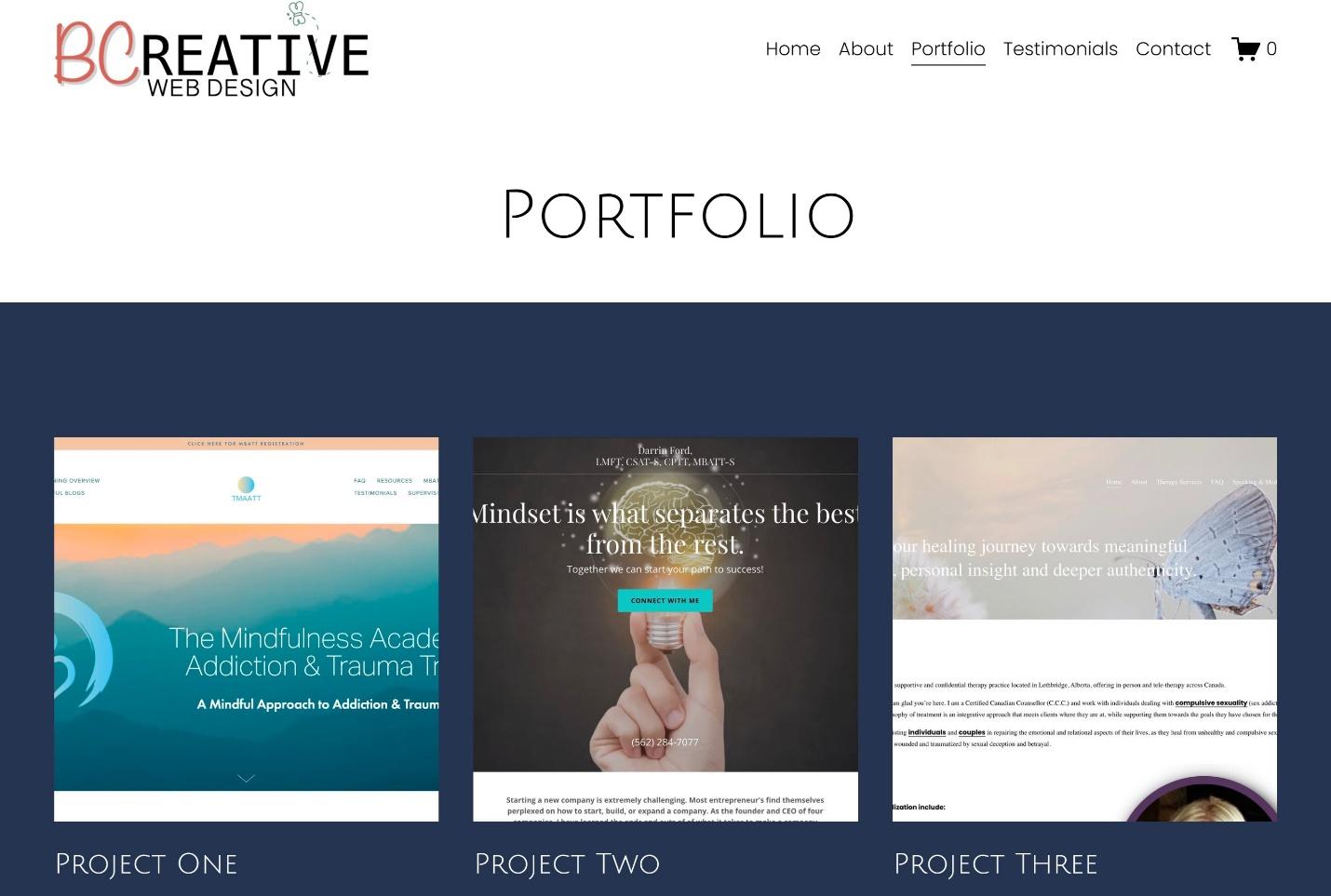Professional Website Design in copyright: Unlock Your Brand’s Full Potential
Professional Website Design in copyright: Unlock Your Brand’s Full Potential
Blog Article
Achieve Online Success With User-Friendly Internet Site Style
In the increasingly competitive digital landscape, the style of an internet site can be a pivotal element in figuring out a business's success. Easy to use layout not just enhances the overall user experience however likewise affects crucial metrics such as involvement, conversion, and retention prices.
Relevance of Customer Experience
Customer experience (UX) plays a crucial function in the success of a site, as it directly affects customer fulfillment and interaction. A positive UX ensures that site visitors can browse the site easily, gain access to information promptly, and total desired activities, such as authorizing or making a purchase up for an e-newsletter, without frustration.
In an electronic landscape where competition is fierce, an internet site that prioritizes UX can significantly improve brand commitment and retention. Users are most likely to go back to a site that offers a smooth experience, producing a cycle of repeat gos to and raised client lifetime worth. Furthermore, efficient UX design can reduce bounce prices, as customers are much less inclined to leave a site that fulfills their needs successfully.
Moreover, internet search engine increasingly think about customer experience factors when ranking sites. Components such as web page lots speed, mobile-friendliness, and user-friendly navigating can influence a site's visibility in search results. By concentrating on UX, organizations not only improve client interactions however additionally boost their online presence and reputation. Thus, buying individual experience is necessary for attaining lasting success in the electronic industry.
Key Concepts of User-Friendly Layout
An effective straightforward style rests on a number of essential principles that enhance usability and accessibility. Primarily is simpleness; a clutter-free user interface allows individuals to navigate easily, minimizing cognitive tons. This principle stresses the value of clear and concise material, allowing users to locate info rapidly without unnecessary disturbances.
Uniformity is another vital part. Constant use of font styles, layouts, and shades cultivates knowledge and develops trust. Users should feel comfy as they explore various sections of the web site, knowing that comparable elements symbolize related capabilities.
Effective typography additionally plays an essential role in straightforward design. Readable fonts, proper dimensions, and sufficient spacing make certain that content is quickly legible across different tools. Incorporating user-friendly aesthetic hierarchies helps individuals determine vital details and actions at a glance.

Essential Functions for Navigating
Reliable navigating is crucial for any type of easy to use web site, as it straight affects the total customer experience. A well-structured navigating system permits customers to locate details quickly and efficiently, reducing disappointment and boosting interaction.
One necessary function is a instinctive and clear food selection that categorizes material realistically - website design copyright. This menu should be easily accessible from every page, often positioned at the leading or on the side of the website. In addition, including breadcrumb navigating assists individuals understand their location within the website power structure and makes it much easier to backtrack
Browse performance is another vital component, enabling customers to find certain material without sorting through numerous web pages. This function should be plainly shown and responsive to variants in input.
Additionally, a mobile-responsive design makes certain that navigating remains smooth throughout devices. As mobile use remains to rise, food selections should adjust to different display sizes without endangering performance.
Lastly, aesthetic cues such as highlighting the active page and utilizing hover effects can improve user communication. By integrating these essential functions, website developers can create a navigational experience that is not only straightforward however additionally encourages expedition and retention.
Ease Of Access Factors To Consider
Ease of access factors to consider are integral to producing an user-friendly web site that deals with all individuals, no matter of their abilities or impairments (website design copyright). Web sites have to be made to make sure that customers with aesthetic, auditory, cognitive, or electric motor problems can involve with content successfully. This starts with adherence to the Web Content Availability Standards (WCAG), which provide a framework for making electronic web content extra easily accessible
Trick techniques include making use of descriptive alternate message for photos, ensuring color contrast ratios meet ease of access requirements, and giving inscriptions for multimedia components. Additionally, the navigation should be intuitive, allowing users to tab through links and interactive aspects Visit Website quickly. Executing keyboard navigation is vital for those incapable to make use of a computer mouse.
Moreover, clear and succinct language boosts understanding for customers with Recommended Site cognitive constraints. Kinds must be simple, with labels and instructions that are understandable. Routine ease of access testing, including user responses from people with specials needs, can assist determine barriers and improve usability.
Gauging Layout Success

Individual comments surveys and use screening are important in examining the effectiveness of design components. These techniques allow developers to collect direct input from users, recognizing discomfort points and locations for enhancement. Furthermore, tracking heatmaps can reveal where customers click most often, helping to educate design adjustments and material prioritization.
Analytics tools play a vital role in measuring layout success by offering data-driven insights. For instance, Google Analytics can track customer behavior, disclosing patterns that suggest whether the layout is preventing the individual or facilitating trip. Eventually, an effective site layout not only satisfies organization objectives however Learn More also promotes a smooth and enjoyable individual experience, driving interaction and commitment over time. On a regular basis revisiting these metrics guarantees that the internet site evolves in positioning with individual demands and industry best methods.
Conclusion
Prioritizing user experience via simplicity, instinctive navigating, and effective responses systems not just improves user involvement and complete satisfaction but additionally promotes brand name loyalty. Incorporating necessary navigation attributes and availability factors to consider even more guarantees that all customers can properly communicate with the site.
Internet sites need to be designed to make sure that users with visual, acoustic, cognitive, or motor disabilities can engage with content properly.Measuring style success entails assessing just how effectively a web site fulfills its intended goals while giving a positive individual experience. Google Analytics can track individual actions, revealing patterns that suggest whether the layout is helping with or impeding the customer trip. Inevitably, an effective site design not only satisfies service purposes yet also fosters a seamless and satisfying user experience, driving engagement and loyalty over time. Focusing on customer experience via simpleness, instinctive navigating, and reliable feedback mechanisms not only enhances customer involvement and complete satisfaction however likewise promotes brand loyalty.
Report this page